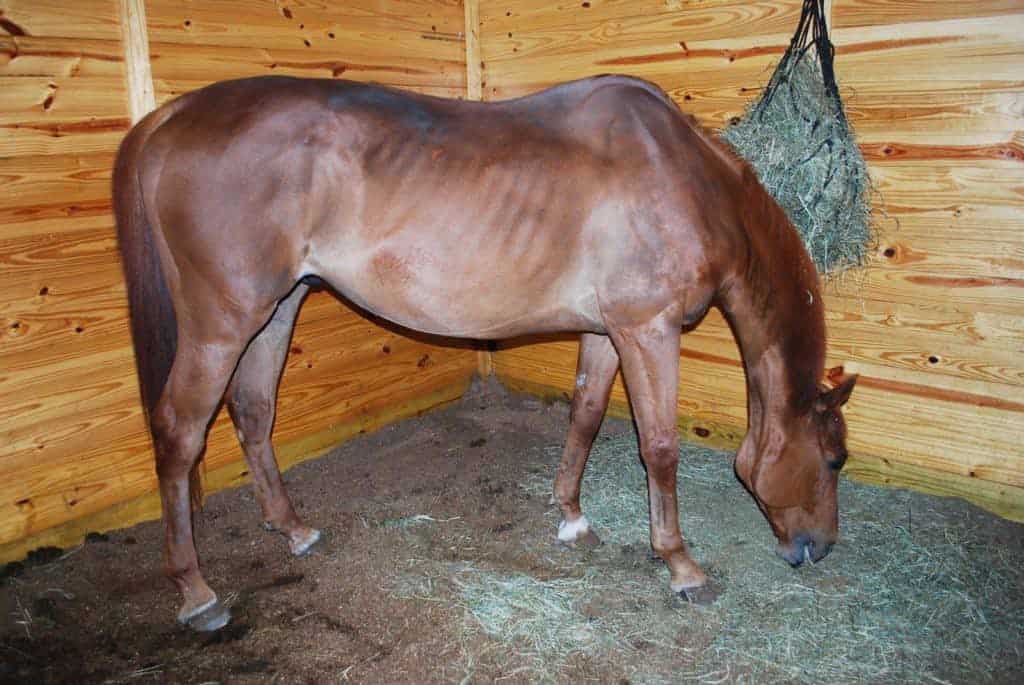
Cushing’s Horses’ Long-Term Response to Pergolide
Researchers determined that veterinarians can manage PPID long-term without a progressive increase in pergolide dose.

Researchers determined that veterinarians can manage PPID long-term without a progressive increase in pergolide dose.

Researchers are learning more about how microbes within the gut influence horse health.

Follow Tess, a 16-year-old mare, step-by-step as she rehabs from a bought of PPID-related laminitis.

Researchers found that once-daily dosing with 1 mg of pergolide is appropriate for most horses with PPID.

Researchers concluded that MRI can effectively show pituitary gland and pars intermedia size, as well as small details not readily visible on CT scans.

Researchers explored if hyperinsulinemia and laminitis severity are correlated in horses recently diagnosed with PPID.

Obtaining an accurate diagnosis is key to managing pituitary pars intermedia dysfunction. Here are the pros and cons of PPID tests, old and new.

In most cases, energy requirement recommendations are an estimate of what a horse needs.

Rutgers researchers have gained a better understanding of how horses’ bodies change as they age. Here’s what we know.

Researchers believe polyacrylamide hydrogel (PAAG) could have a long-lasting cushioning effect on arthritic joints.

Dr. Kevin Hankins explains why senior horses are in a category of their own for vaccinations and care.

Our staff and sources offer ways you can save time during feeding time.

Equine metabolic syndrome can cause obesity, insulin resistance, and laminitis. Find out how to care for your EMS horse during our live event.

Digestive system and cardiovascular system problems were the most common causes of death in the study population.

Carbohydrates are the main source of dietary energy for horses and are important for fast, quick-burning power.

Presentation topics include feeding through a horse’s life cycle, evaluating body condition, nutrition myths, and more.
Stay on top of the most recent Horse Health news with
"*" indicates required fields